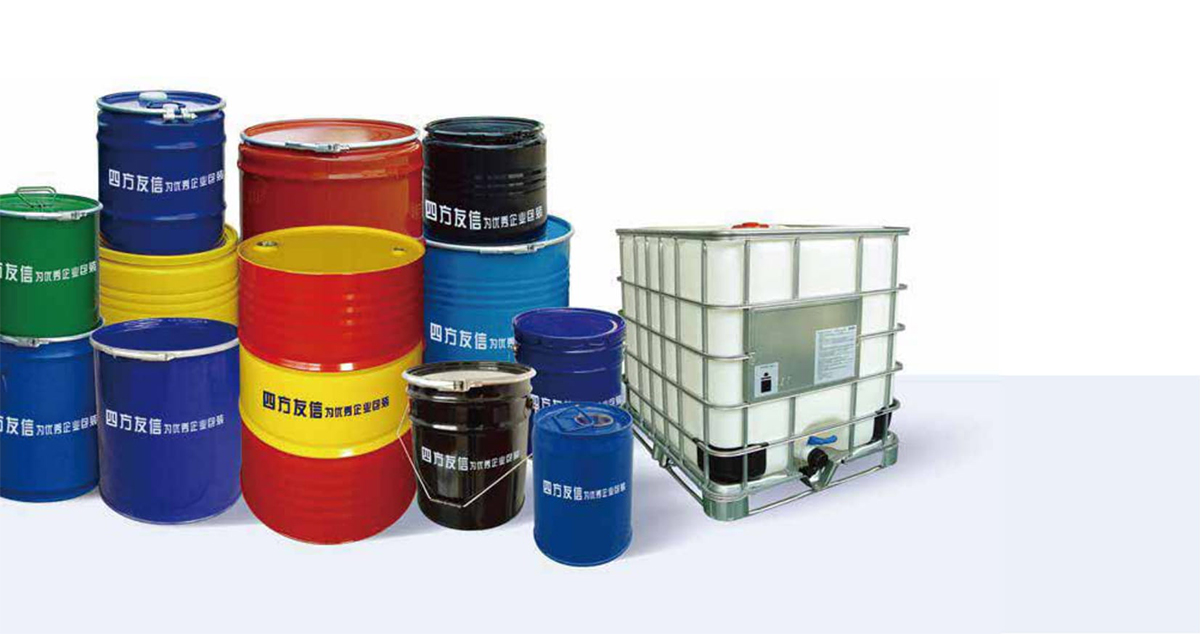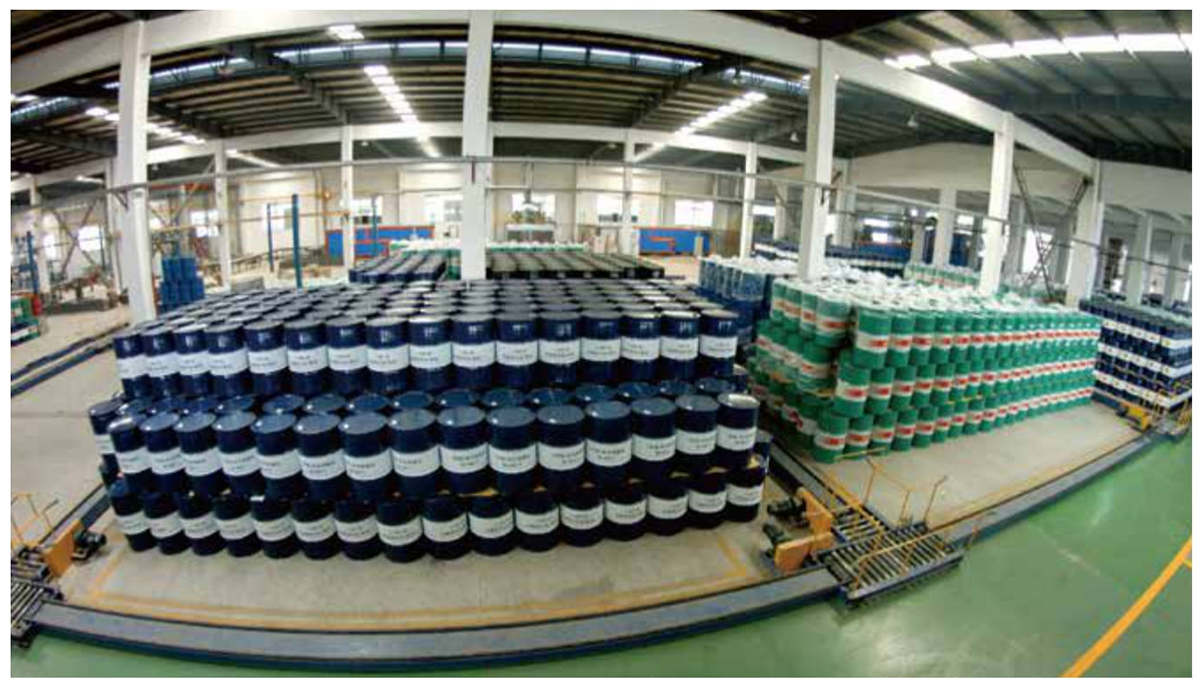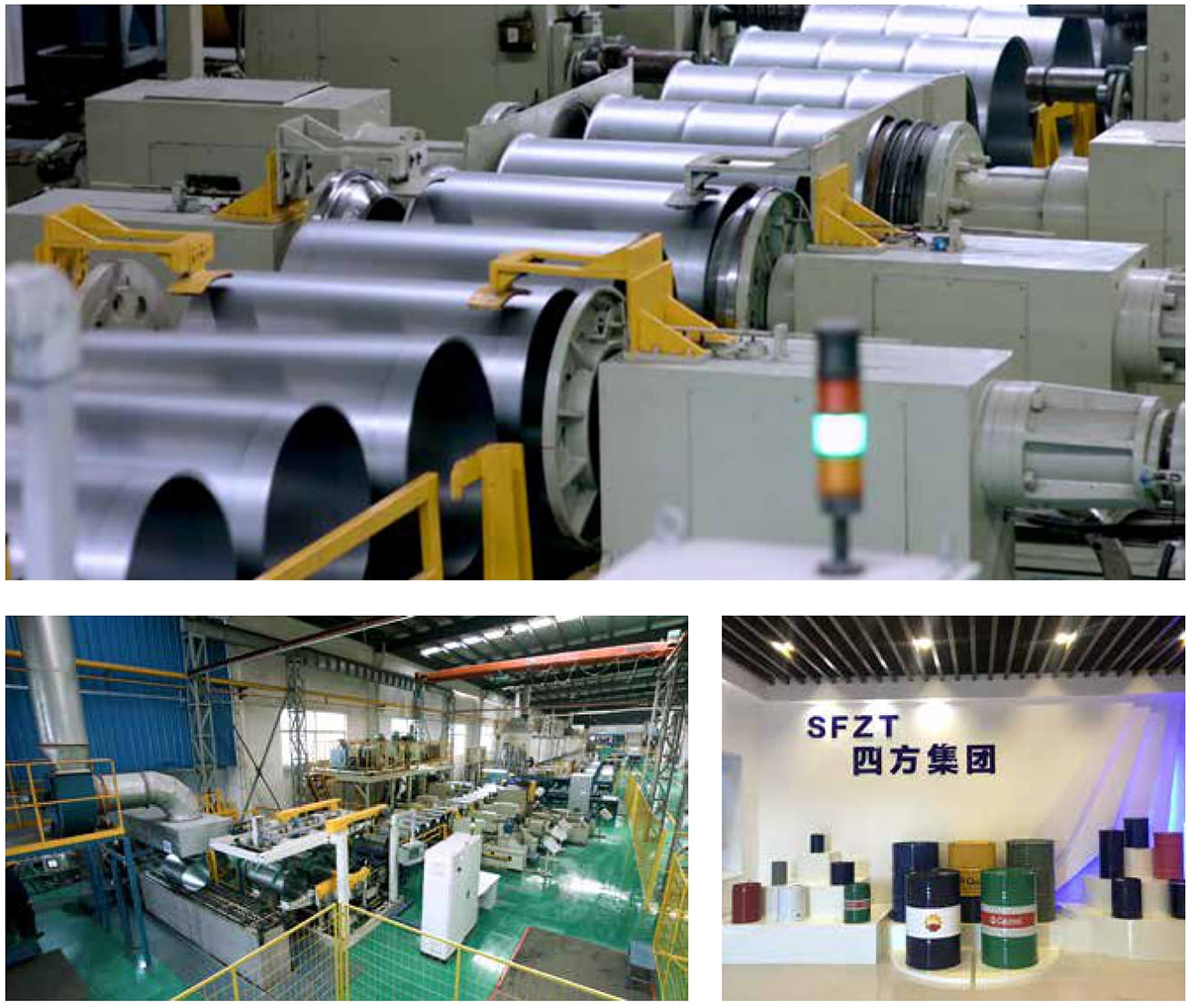1. Determination of steel drum volume: A. if the user contains liquid, it shall be calculated according to the specific gravity of the product, but enough space must be reserved to prevent the expansion crack when the steel drum is falling and deformed and the expansion crack of the product due to thermal expansion (low boiling point products are discussed separately).
b. If the user contains solids, the steel drum manufacturer shall be required to provide a certain volume of steel drum for trial loading, and then convert it into a steel drum with the required volume, but enough space shall also be reserved for lining plastic bags to prevent the steel drum from cracking when it falls and deforms.
C. If the user holds low boiling point products (- generally refers to the boiling point below 60 ° C), it should be fully considered that such products have steam pressure at a certain temperature, and the liquid steam pressure increases with the increase of temperature. In addition, the product filling temperature and the maximum storage and transportation temperature that the steel drum may encounter after product filling shall be considered (55 ° C shall be considered generally, and 60 ° C shall be considered in some areas) The temperature difference between them causes the volume expansion of the product and the internal pressure in the steel barrel. The sum of these two pressures shall not be greater than the allowable internal pressure of the steel drum, otherwise the steel drum will burst. The steel drum is allowed to bear internal pressure. See the commodity inspection certificate for details, or consult the steel drum manufacturer. d. If the filling temperature of the user is high (above 60 ° C), the minimum temperature for storage and transportation shall be considered. The temperature difference will lead to negative pressure of the steel barrel, which will lead to the shrinkage of the steel barrel, or the shrinkage of the steel barrel when touching the steel barrel. Solution: 1. The filling product is cooled to a certain temperature and then rotated Upper screw plug; 2. Leave enough space.
2. Determination of internal coating of steel barrel: the user can provide various internal coating (including no internal coating, iron series phosphating coating and silane treatment) samples by the steel barrel manufacturer for more than 6 months of compatibility immersion test under similar environmental conditions for storage and transportation, and analyze whether the coating changes and whether the pigment contained in the Xu layer is dissolved. After that, the user can determine and select the appropriate type of internal coating. Products with moisture content of more than 5% are not suitable to be packaged in epoxy phenolic and polytetrafluoroethylene (PVF) steel drums. There is no inner coating, and the surface is protected by mineral oil. Please pay attention to the impact on your product.
3. A. the steel barrel is based on the cold-rolled plate, because the cold-rolled plate is in thickness There is rolling error on the drum, so the steel drum has corresponding weight error. B. In the production process of steel drum, there is inevitable smell in the drum. C. From the perspective of cost, the material thickness of steel barrel users is developing towards thin, and the barrel body thickness is reduced from 1.2mm to 1.0mm, 0.9mm and 0.8mm; The barrel bottom material is reduced from 1.2mm to 1.0mm, 0.9mm and even 0.8mm. If 200L and above steel drums use the bottom material with a thickness of less than or equal to 1.0mm to contain liquid or colloidal products, there will be a risk of bottom cracking after long-distance transportation. Small and medium-sized steel drums are filled with liquid or colloidal products. If the filling weight is large and the transportation distance is long, there is also a risk of bottom cracking. Please choose carefully between cost and risk.

4. The spiral ring lining roll of closed barrel shall be determined according to the products contained by the user, and different materials shall be used. The user can provide liners of different materials by the steel barrel supplier to conduct the compatibility immersion test under similar environmental conditions for storage and transportation for more than 1 month. After analyzing the swelling deformation, the user can determine and select the type of liner material.
5. When selecting steel plastic composite barrel, attention should be paid to: A. because the lining of steel plastic composite barrel is polyethylene, it is not suitable for filling products above 55 ° C, or it needs to be heated above 55 ° C in use. If so, it is easy to cause damage to the steel drum. b. The steel plastic barrel is lined with polyethylene, so the storage temperature is below 40 ° C. at the same time, the barrel should be stored under a canopy to avoid exposure to the sun. If so, the steel plastic barrel lining is polyethylene, which is easy to be damaged. C. According to the requirements of commodity inspection and industrial standards, there is a leakage hole at the bottom of the outer steel barrel. If the leakage hole is not required, it shall be specially noted.
6. Various internal coated steel drums are not suitable for containing liquid during filling and products that change into solid after filling; It is not suitable for filling, storage and transportation above 70 ° C; It is not suitable to contain the products that will be rusted if the cold-rolled steel plate without internal coating is soaked in the product: the internal coating barrel and steel plastic composite barrel are not suitable to contain the products with flash point lower than 50 ° C; Internally coated steel drums are not suitable for reuse, especially more than 3 times.

7. The internal iron series phosphating barrel or steel barrel without internal coating or silane treatment shall be selected. The user shall use it within 15 days after receiving the goods. If the time is too long after 15 days, the phosphating film may be rusted.
8. The Demander shall check the cleanliness of the inner surface of the steel barrel and the quality of the inner coating of the steel barrel one by one before filling the products. It can be used only after passing the inspection.
9. A. because the demander did not correctly select the steel drum and relevant accessories according to the instructions for knowledge of steel drum; b. Other quality and performance requirements not agreed in the contract cannot meet the requirements of the demander in use. The demander does not require the supplier to bear any responsibility for various losses caused by the above two situations a and B.
10. Effective measures (such as pallet shipment) shall be taken for container transportation or other transportation methods to prevent the steel drum from overturning and rolling repeatedly during transportation due to turbulence, resulting in the damage of the steel drum.
11. Although the "commodity inspection performance certificate" may indicate the "name of the inner product", the supplier is only responsible for the physical properties indicated in the "commodity inspection performance certificate" of the supplied steel drum, which does not mean that the supplier shall be responsible for the corrosion of the steel drum or other adverse reactions caused by the inner product.


